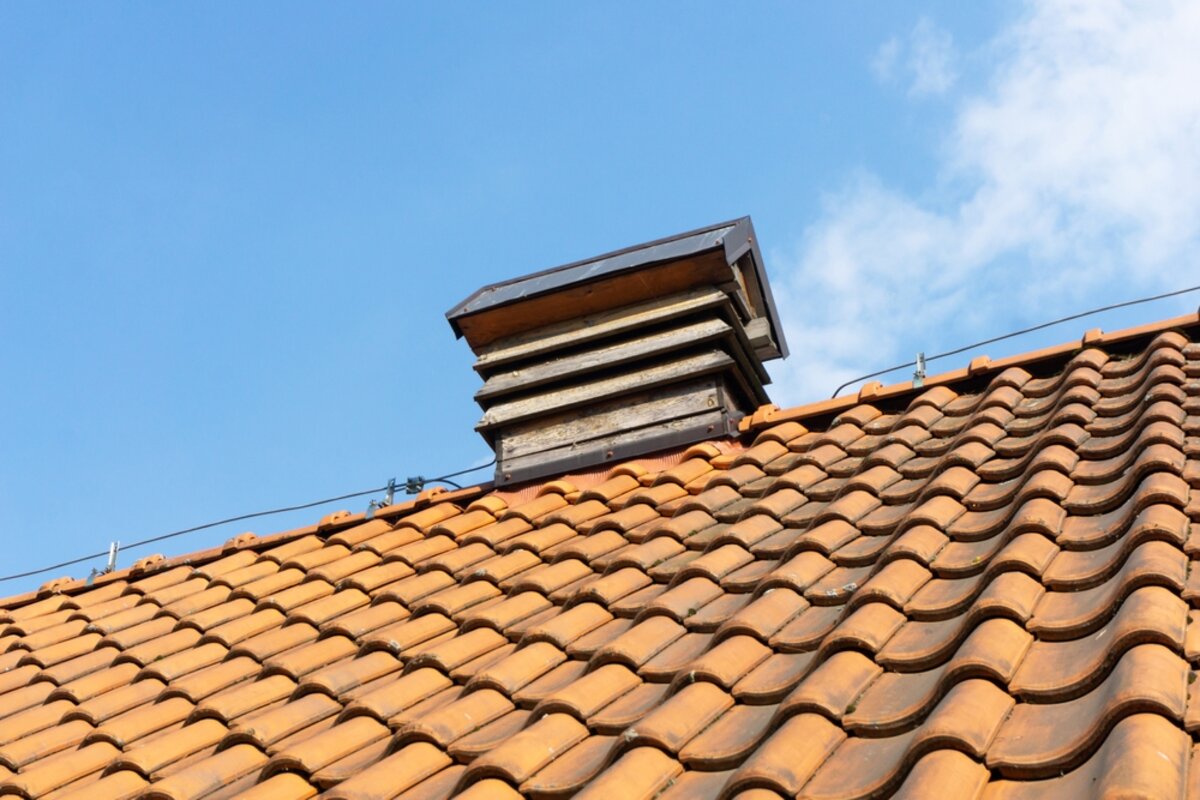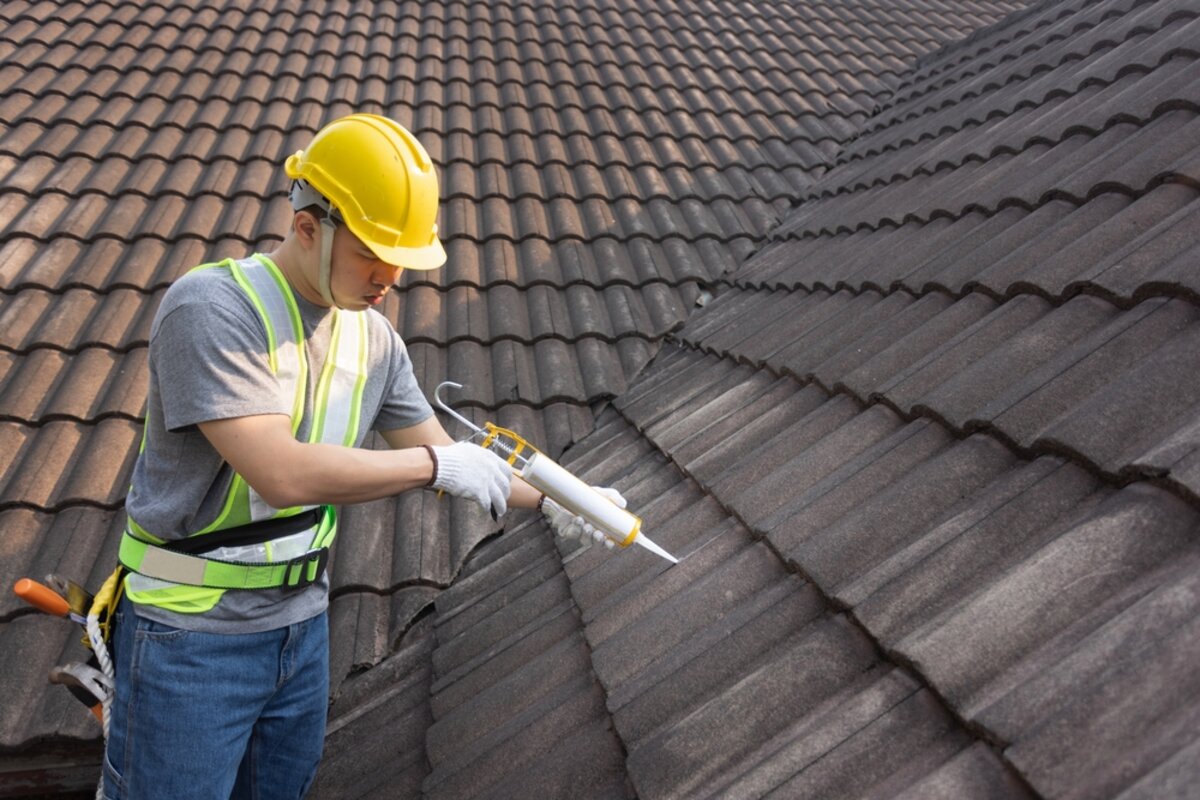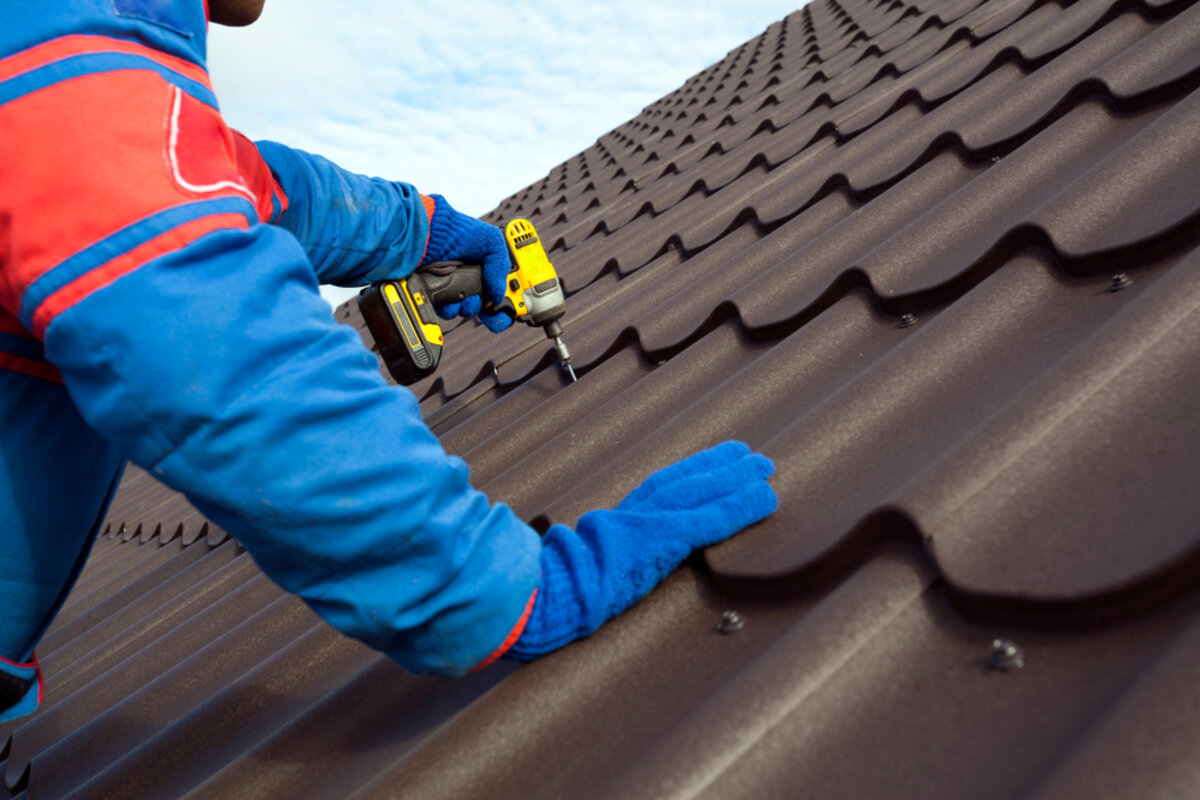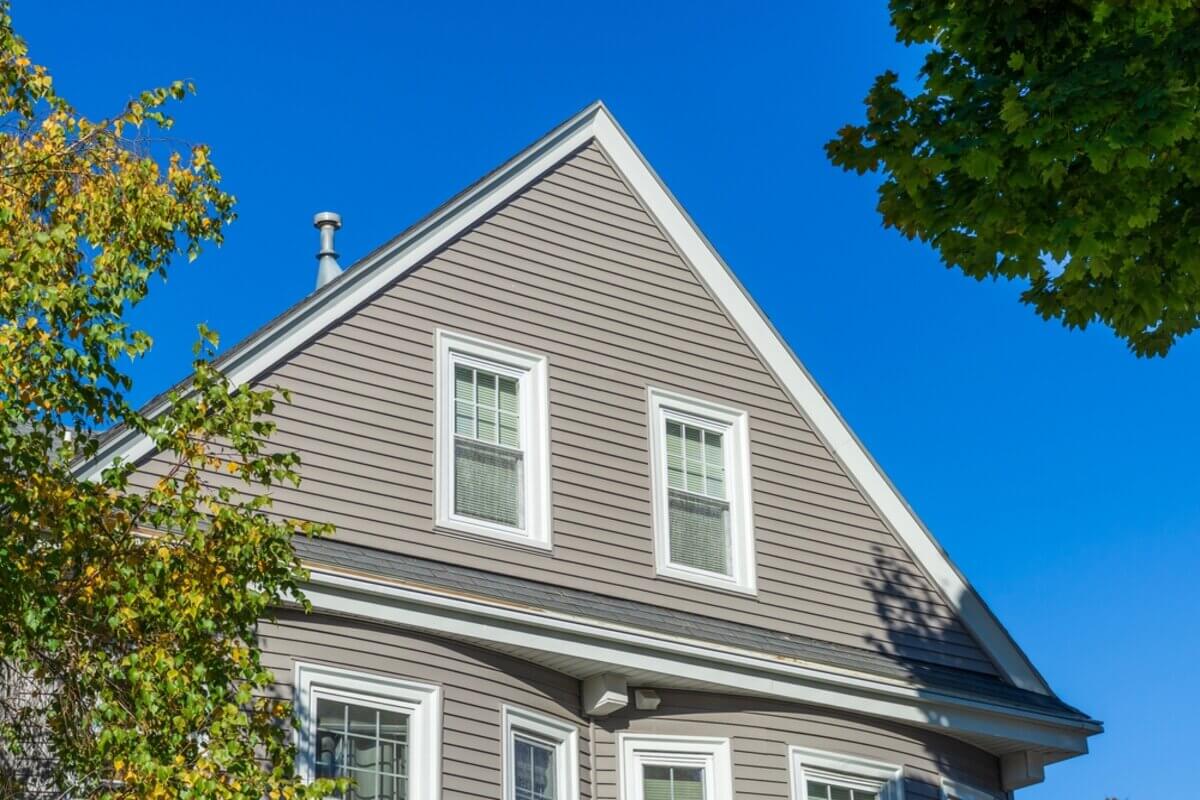Your roof is one of the most important parts of your home, protecting you and your belongings from the elements. However, it’s also one of the most overlooked when it comes to routine maintenance. Regular inspections can help catch problems early, saving you from expensive repairs or even a full roof replacement. But climbing up on the roof yourself can be dangerous and unnecessary. The good news is that you can inspect your roof from the ground and still identify potential issues before they escalate.
Why Inspecting Your Roof From the Ground Is Important
Many homeowners neglect roof inspections because they assume damage will be obvious, but by the time water leaks into your home, the problem may already be severe. Checking your roof regularly from a safe vantage point allows you to spot warning signs like missing shingles, sagging areas, or discoloration. Identifying these early can help you schedule repairs before the damage spreads.
What You’ll Need for a Ground-Level Roof Inspection
Inspecting your roof from the ground doesn’t require expensive tools, but a few key items can make the process easier and more effective. Binoculars can help you get a closer look at shingles, flashing, and other roof components. A smartphone or camera allows you to zoom in and document any potential issues. It’s also helpful to have a notebook to jot down concerns and conduct the inspection on a clear day to ensure visibility.
Key Areas to Check When Inspecting Your Roof From the Ground
Shingles and Roof Surface
Use binoculars or a camera zoom to look at the condition of your shingles. Watch for signs of missing or lifted shingles, curling or cracked shingles, and dark patches or moss growth, which could indicate moisture retention or roof rot.
Flashing and Sealants
Flashing around chimneys, vents, and skylights is crucial for preventing water intrusion. Look for rust, corrosion, gaps, or cracked sealant that could lead to leaks.
Gutters and Downspouts
Your gutters play a key role in directing water away from your roof and home. Check for clogged or sagging gutters, excessive shingle granules, and loose or damaged sections that might indicate wear and tear.
Sagging or Uneven Areas
Look along the ridgeline and slopes of your roof for any noticeable dips or uneven spots. These could signal structural damage, trapped moisture, or previous poor repairs.
Chimney and Vent Condition
Your chimney and vents should be in good shape to prevent leaks and blockages. Inspect for missing mortar, cracked bricks, rusty vent covers, and any signs of nesting animals.
When to Call a Professional
While a ground-level inspection can reveal many potential issues, it’s important to know when to bring in an expert. If you notice significant damage, leaks, or sagging, schedule a professional roof inspection immediately. Contractors have the tools and experience to assess problems more thoroughly and safely.
Maintenance Tips to Extend Your Roof’s Lifespan
Regular maintenance can help keep your roof in top condition and prevent costly repairs. Clean gutters regularly to prevent water buildup, trim overhanging branches to reduce debris accumulation, and check your attic for signs of leaks or moisture. Even if no visible damage is present, scheduling professional inspections every few years can help extend your roof’s lifespan.
Conclusion

Learning how to inspect your roof from the ground is a smart and safe way to catch potential problems early. By using binoculars, a camera, and careful observation, you can spot signs of wear and tear before they lead to serious damage. Keeping up with regular inspections and maintenance can help protect your home and avoid costly roof repairs in the future. If you spot any concerning signs, don’t hesitate to reach out to a roofing professional for further evaluation. Contact Perfect Exteriors today.








